Alaska, America’s last great wilderness, spans over 663,000 square miles of rugged terrain, pristine forests, and breathtaking vistas. While destinations like Denali National Park and Glacier Bay attract thousands of visitors each year, the true magic of Alaska lies in its hidden corners—places where you can stand in absolute solitude and feel as though you’ve reached the boundary of our known world.
Here is a list of 20 lesser-known Alaskan destinations that offer that rare feeling of standing at the edge of civilization, where wilderness still reigns supreme and human footprints are few and far between.
Aniakchak National Monument
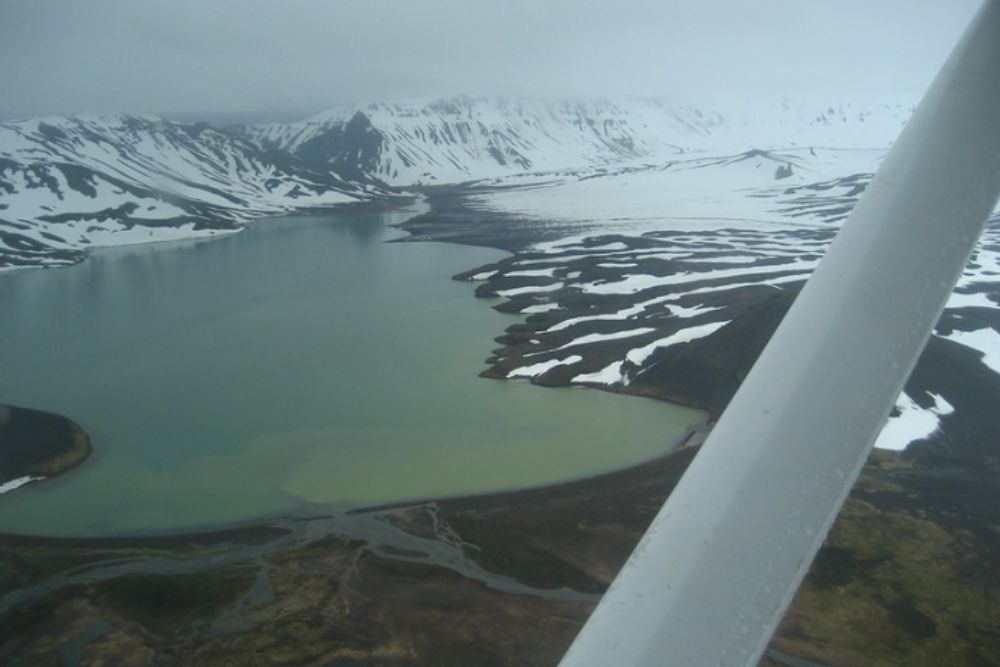
This remote volcanic caldera on the Alaska Peninsula receives fewer than 100 visitors annually. The massive crater, formed 3,500 years ago, contains a unique ecosystem, including a surprise lake and numerous vents and cones.
Access requires a bush plane and serious wilderness skills, which keeps this remarkable location virtually untouched.
Shuyak Island State Park
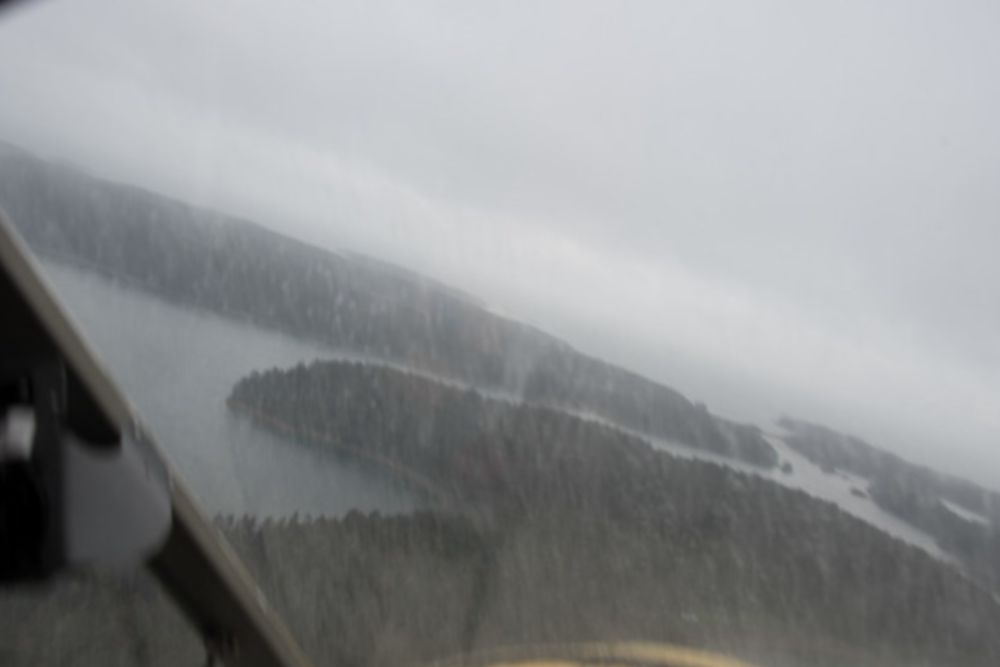
Located at the northernmost tip of the Kodiak Archipelago, Shuyak Island offers a kayaker’s paradise with protected waterways and abundant marine life. The island’s dense Sitka spruce forests and hidden lagoons create perfect paddling conditions even when the open ocean is rough.
You’ll likely share your journey with sea otters, humpback whales, and bald eagles rather than other humans.
Like Travel Pug’s content? Follow us on MSN.
Arrigetch Peaks
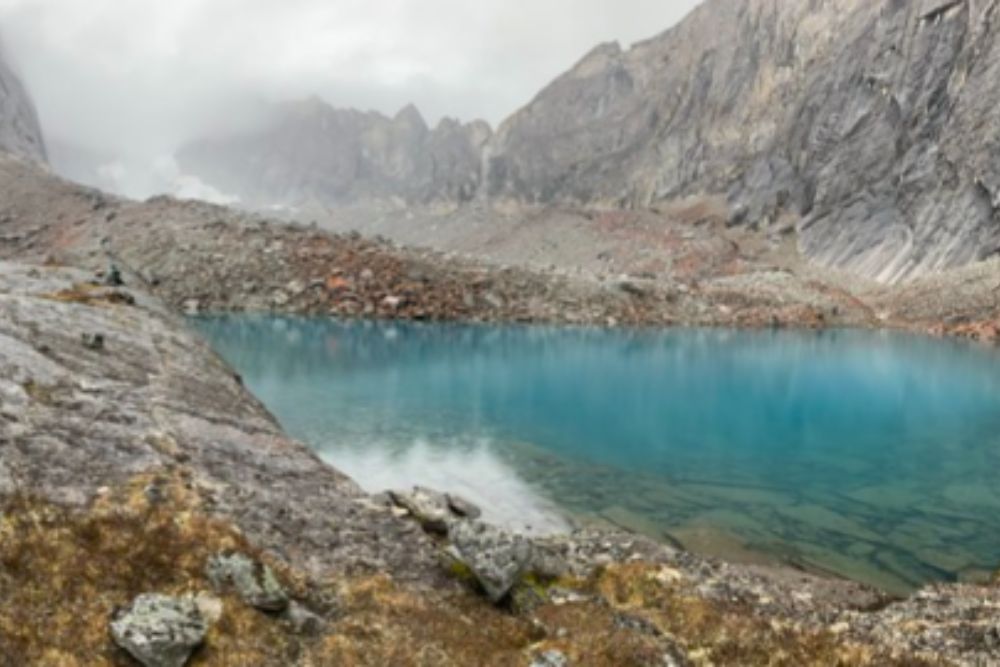
Hidden deep within the Gates of the Arctic National Park, these granite spires rise dramatically from the Brooks Range. In the Inupiat language, their name means ‘fingers of the outstretched hand.’
The sheer walls and alpine meadows require a challenging multi-day trek, but those who make the journey find themselves surrounded by a landscape that feels prehistoric in its raw beauty.
Yakutat Bay
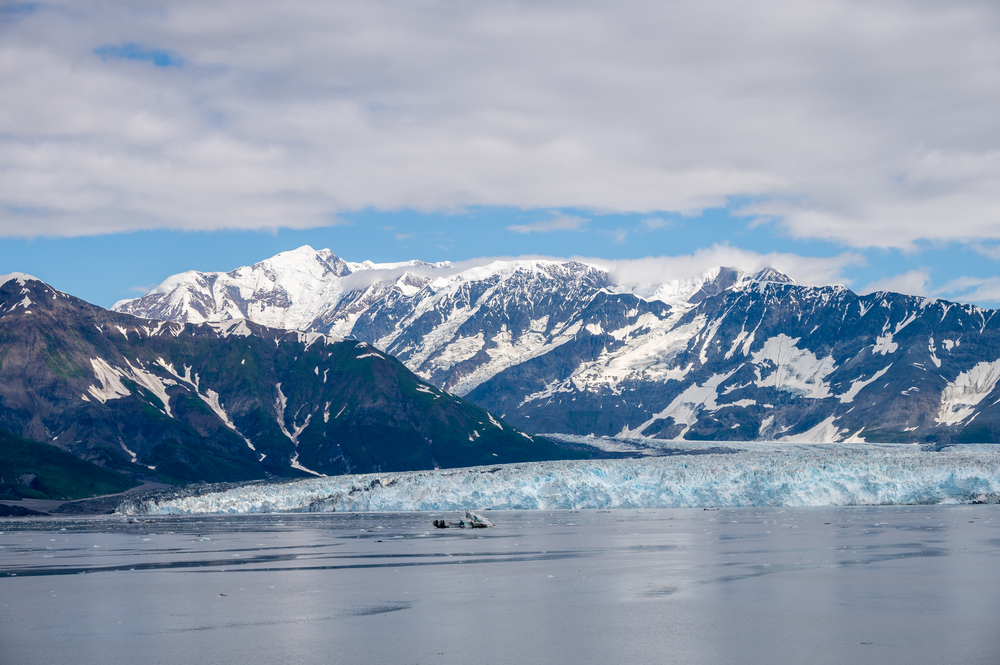
This massive bay near the Canadian border is at the foot of Mount St. Elias, where mountains spectacularly meet the ocean. Despite the frigid temperatures, the area is famous for its exceptional surfing conditions.
Local surfers brave the cold waters year-round, catching waves beneath towering peaks in what must be one of the most dramatic surfing locations on earth.
Katmai Coast
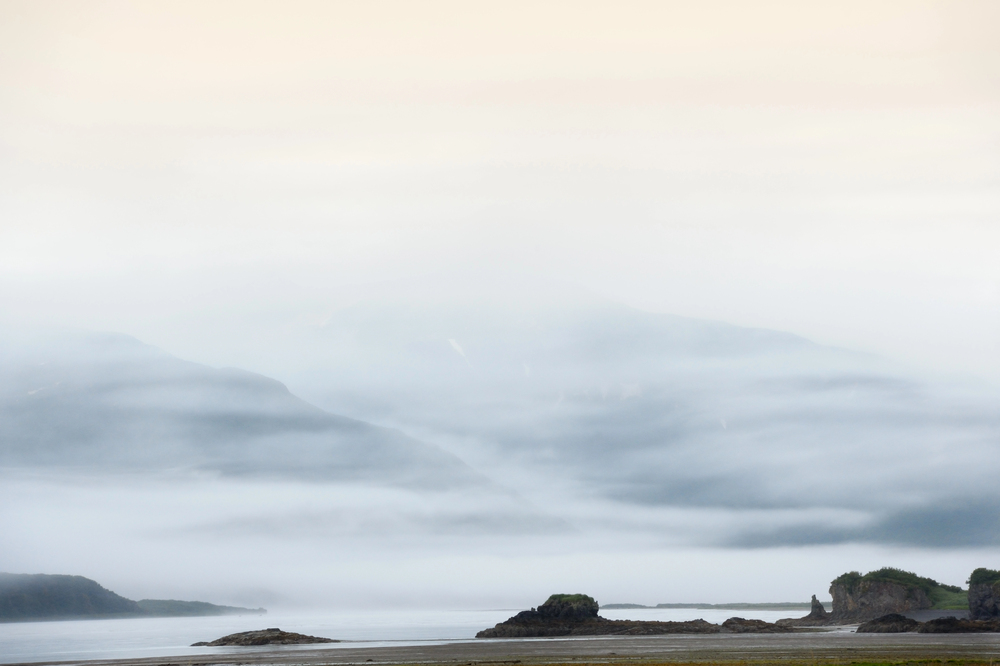
While Katmai National Park is known for its bear-viewing platforms, its rugged coastline remains virtually unexplored. This stretch of shore offers incredible wildlife viewing without the crowds.
Coastal brown bears dig for clams, wolves patrol the beaches, and massive sea stacks rise from the swirling waters without another human in sight for miles.
Like Travel Pug’s content? Follow us on MSN.
Unga Island Ghost Town
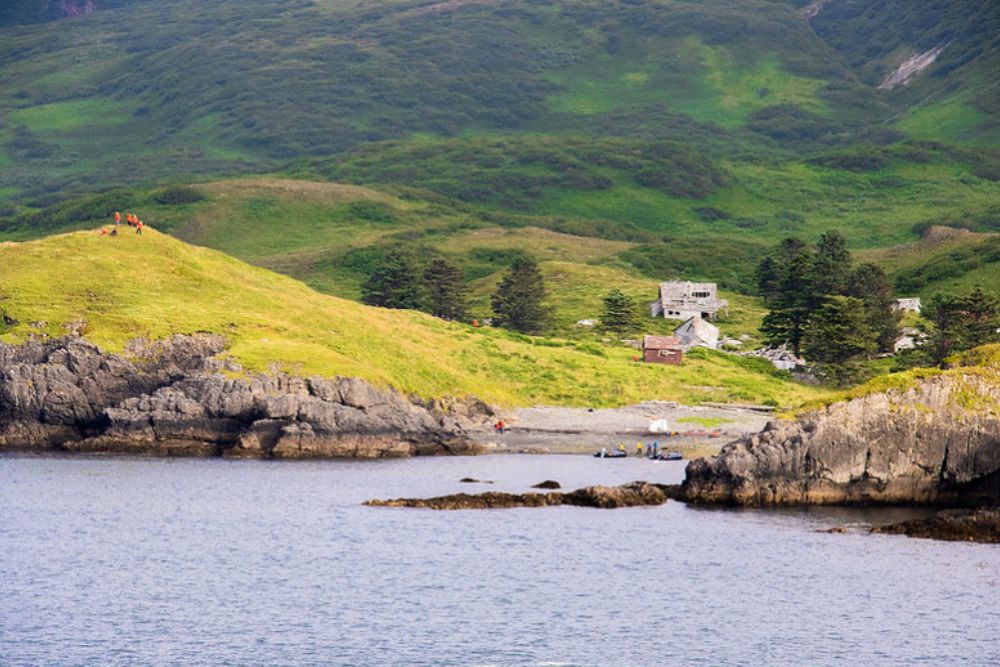
Part of the Shumagin Islands, Unga Island houses the haunting remains of an abandoned gold rush town. Wind-weathered buildings slowly return to the earth as wildflowers grow through floorboards and eagles nest in collapsing rooftops.
The three-mile trail through the ghost town offers a poignant reminder of human impermanence against Alaska’s enduring wilderness.
Tokositna Glacier
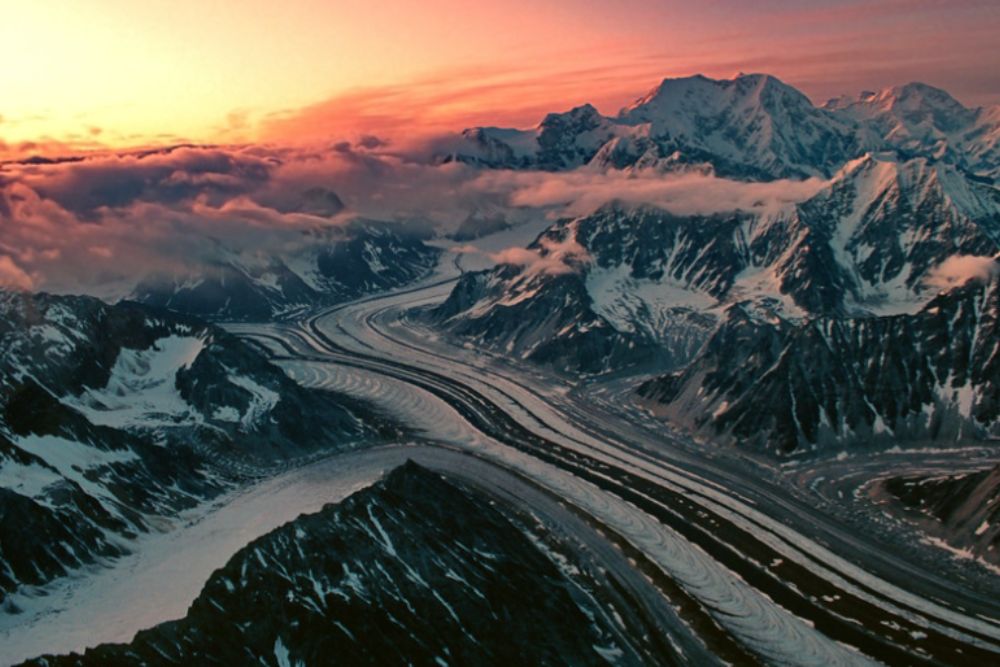
Although its famous neighbor, Ruth Glacier, overshadows it, Tokositna offers equally spectacular views to a fraction of visitors. The massive river of ice flows from the southern face of Denali, creating deep blue pools and massive ice caves.
Bush planes can land on the glacier, allowing adventurers to explore its frozen landscape in splendid isolation.
Tanada Lake
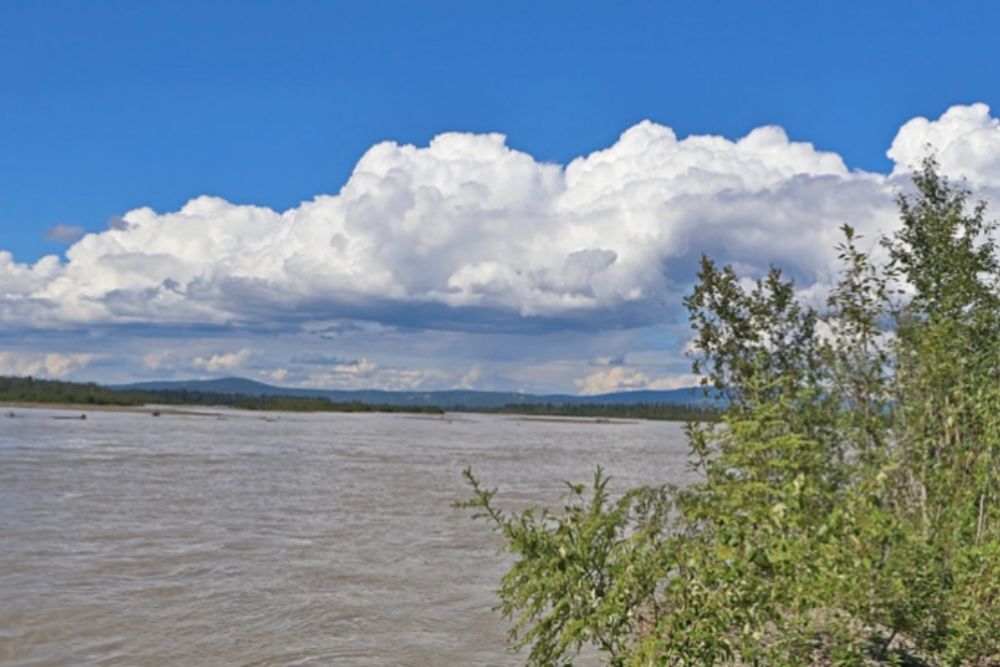
Tucked into Wrangell-St. Elias National Park, this alpine lake, sits at the convergence of two mountain ranges. Indigenous Ahtna people have fished its waters for generations using traditional fish traps.
The lake’s crystal waters reflect perfect mountain silhouettes, and distant views stretch across a wilderness larger than some European countries.
Like Travel Pug’s content? Follow us on MSN.
Eagle River Gorge

Just 30 minutes from Anchorage lies a canyon that feels worlds away from civilization. This limestone gorge features emerald waters between towering walls, with hidden hot springs accessible only during low water.
Local knowledge is essential to finding the unmarked trail to the springs, making them a true hidden gem even for Alaskans.
Cordova’s Alaganik Slough

This pristine wetland complex near the fishing town of Cordova offers incredible wildlife viewing opportunities away from typical tourist routes. During spring and fall migrations, moose wade through grassy marshes, and millions of migratory birds stop to feed.
The boardwalk provides access without disturbing the delicate ecosystem, creating a front-row seat to nature’s spectacle.
Lime Village

This tiny Dena’ina Athabascan settlement along the Stony River is one of Alaska’s most isolated communities. Fewer than 20 people live here, maintaining traditional subsistence practices far from roads or modern infrastructure.
Visiting requires permission and respect for local customs but offers authentic cultural exchange rarely found in more accessible locations.
Like Travel Pug’s content? Follow us on MSN.
Nelchina Glacier
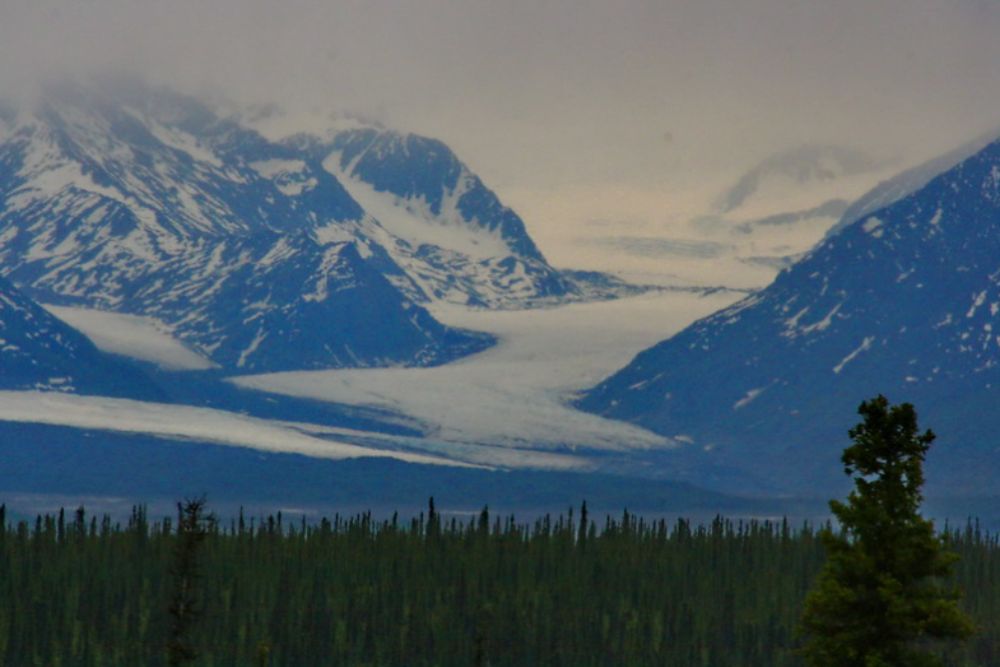
While tourists flock to Matanuska Glacier, nearby Nelchina remains virtually untouched. This massive river of ice carves through the Chugach Mountains with fewer footprints than its famous neighbor.
The glacier’s surface features stunning blue meltwater pools and ice caves that shift and change with each passing season.
Walrus Islands
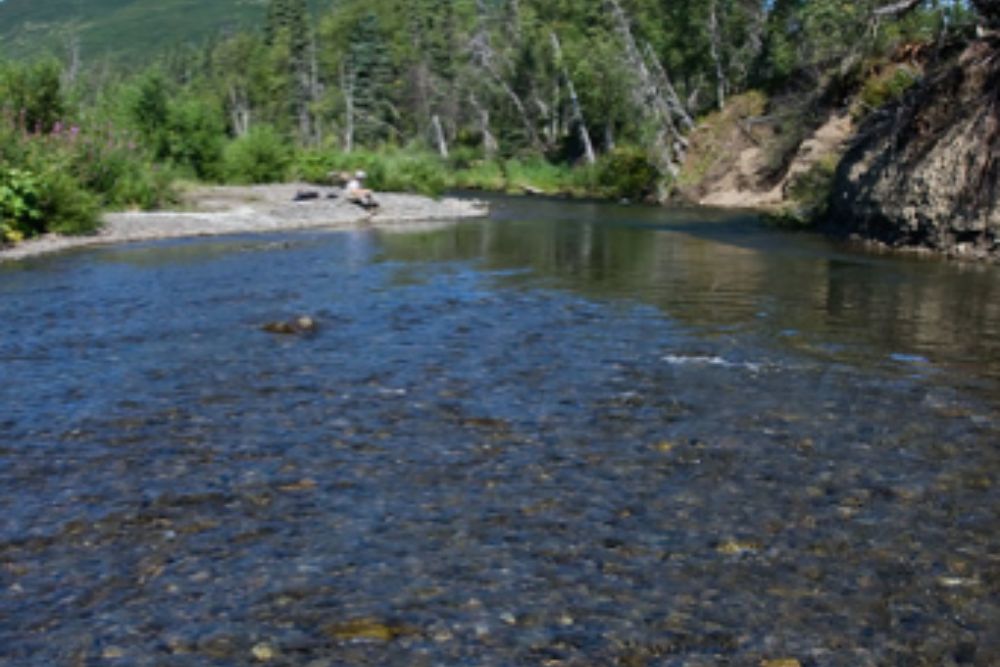
These remote islands in Bristol Bay host one of the few land-based walrus haul-outs in the world. During summer, thousands of massive marine mammals crowd the rocky shores.
Strict visitation limits and challenging access ensure these creatures remain undisturbed, making the islands feel like a living nature documentary without cameras or crews.
China Poot Bay
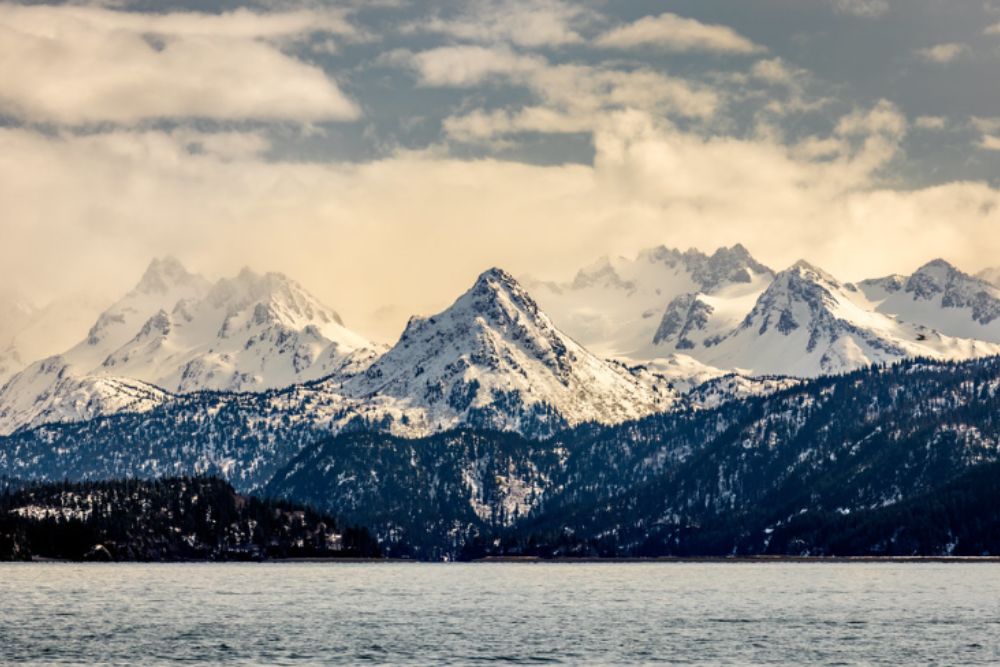
Hidden behind the tourist town of Homer lies this tranquil tidal estuary accessible only by boat. The bay’s warm shallow waters create perfect conditions for harvesting butter clams and exploring by kayak.
Towering spruce forests meet expansive tidal flats, creating a landscape that transforms dramatically with each tide cycle.
Like Travel Pug’s content? Follow us on MSN.
Lake Clark’s Turquoise Lakes
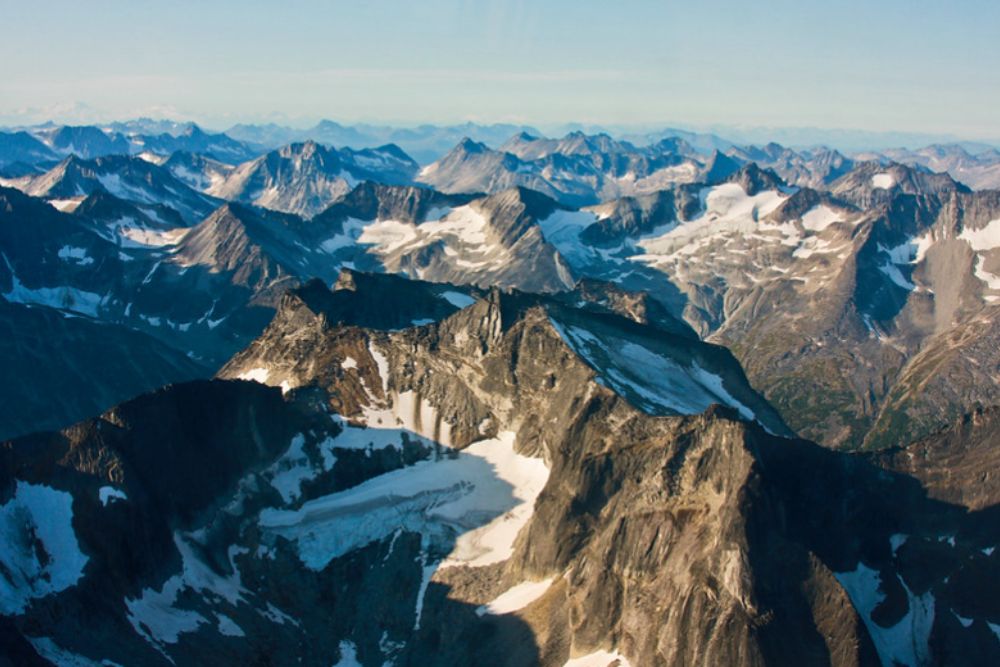
While Lake Clark National Park attracts some visitors, its hidden turquoise lakes, connected by portages, remain a paddler’s secret paradise. The intense blue color comes from glacial silt suspended in the water, creating an otherworldly paddling experience.
Each lake has its character, and moving between them feels like discovering new worlds.
Serpentine Hot Springs
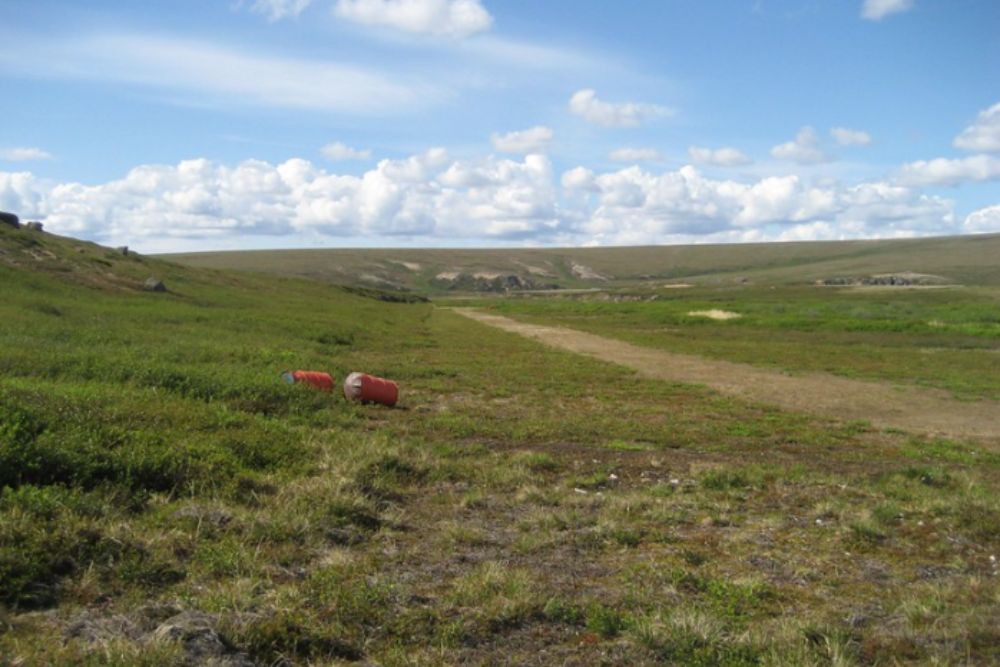
Located in the remote Bering Land Bridge National Preserve, these natural hot springs are surrounded by otherworldly granite tors that rise like ancient sentinels from the tundra. The bathhouse stands in stunning contrast to the surrounding wilderness, offering warm respite in one of North America’s most remote regions.
The northern lights often dance overhead, completing the end-of-earth experience.
Malaspina Glacier
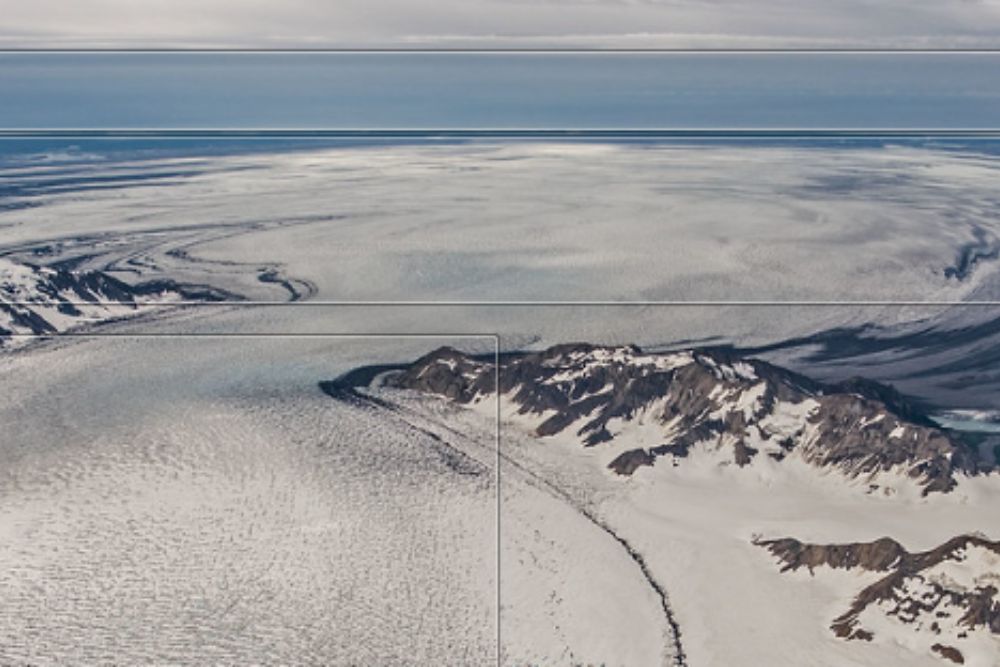
This massive Piedmont glacier near Yakutat is larger than Rhode Island yet remains largely unexplored. The ice field creates weather systems and unique forest islands called ‘nunataks’ that have remained isolated for centuries.
Standing on its vast expanse makes human existence feel wonderfully insignificant against geologic time.
Like Travel Pug’s content? Follow us on MSN.
Taiya Inlet
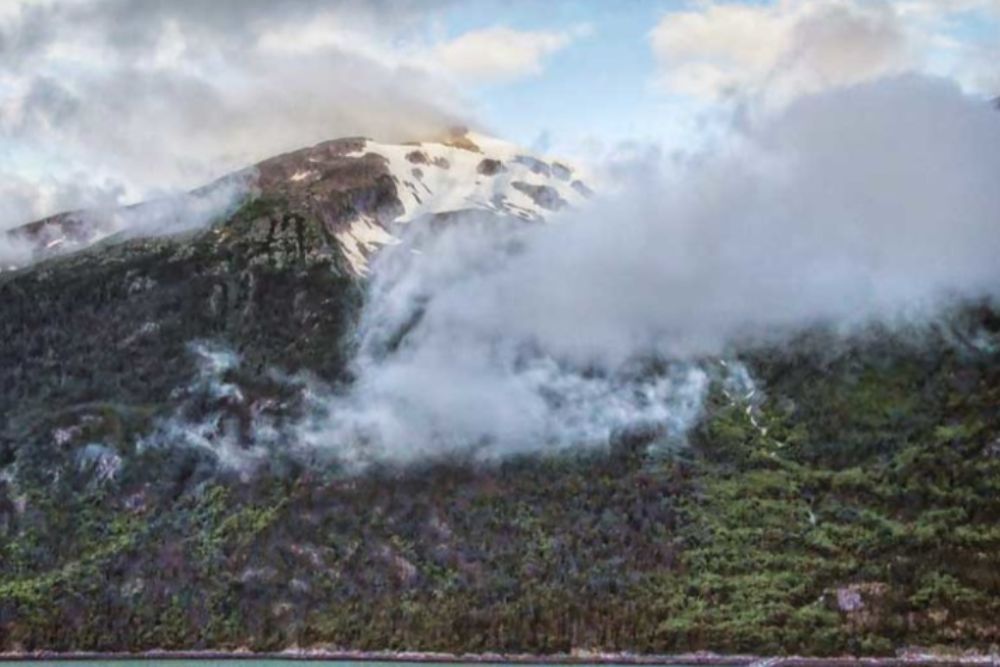
This narrow fjord near Skagway played a pivotal role in the Klondike Gold Rush but now sits peaceful and largely forgotten. Massive waterfalls cascade directly into the sea from hanging valleys carved by ancient glaciers.
The steep walls create a natural amphitheater where the sounds of nature—cracking ice, thundering water, and calling birds—echo in magnificent isolation.
Icy Bay
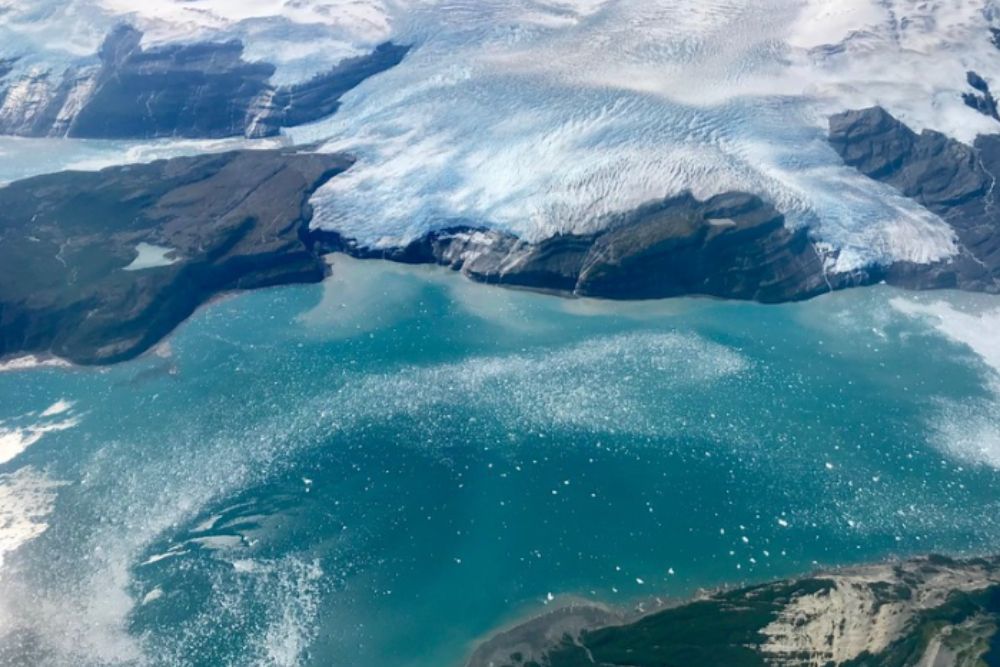
Despite its proximity to popular Glacier Bay, Icy Bay remains virtually unknown to tourists. Four tidewater glaciers calve into the bay, creating a constantly changing landscape of floating ice and newly exposed shoreline.
Kayakers can navigate through ice floes as mountain peaks reflect in glass-calm waters disturbed only by surfacing seals.
Neacola Mountains
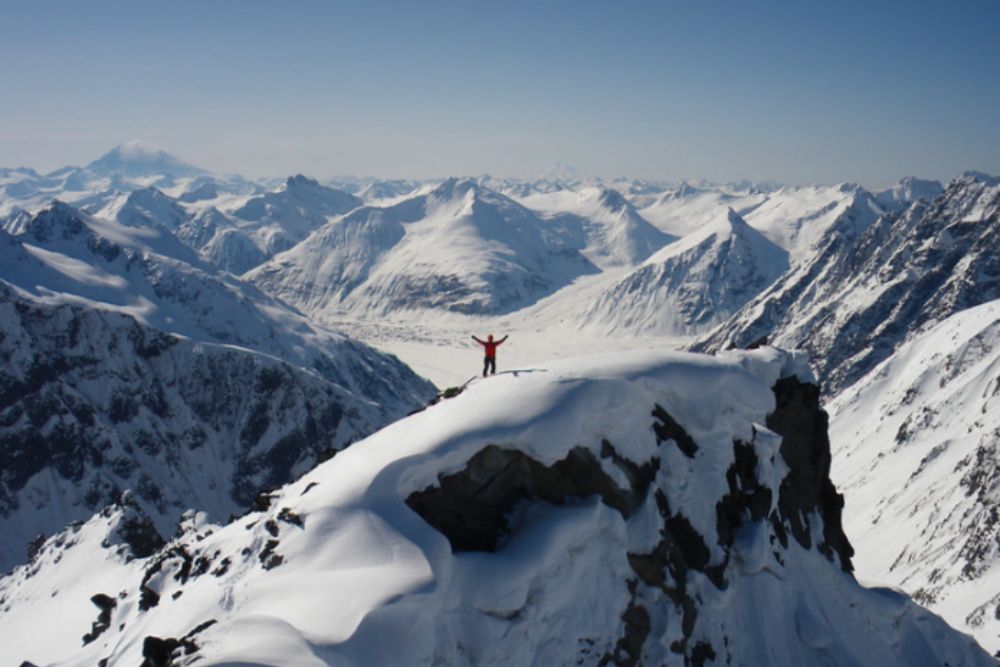
In Lake Clark National Park’s northern reaches, the Neacola Mountains represent Alaska’s least visited alpine environments. These jagged peaks feature granite walls that attract a handful of elite climbers seeking first ascents on untouched routes.
The valleys between hold pristine lakes that rarely see human visitors, creating a genuine wilderness experience where you might be the first person to stand in a particular spot in decades.
Like Travel Pug’s content? Follow us on MSN.
Wild Wonders Remain

Alaska’s remoteness preserves these hidden places in ways impossible elsewhere in America. Each location offers that rare feeling of discovery—of finding yourself in a place that human eyes rarely see and human feet rarely touch.
These 20 spots represent just a fraction of Alaska’s secret corners, each a reminder that true wilderness still exists for those willing to venture beyond the familiar path.
More from Travel Pug

- Cities Growing so Fast You Won’t Recognize Them in 10 Years
- 13 Destinations Where Tourists Regularly Regret Their Trip
- 20 Obscure WWII Sites Even History Buffs Don’t Know About
- 10 Under-the-Radar Mountain Towns That Are Both Affordable and Beautiful
- 20 Abandoned Places That Feel Like Real-Life Post-Apocalyptic Movie Sets
Like Travel Pug’s content? Follow us on MSN.
